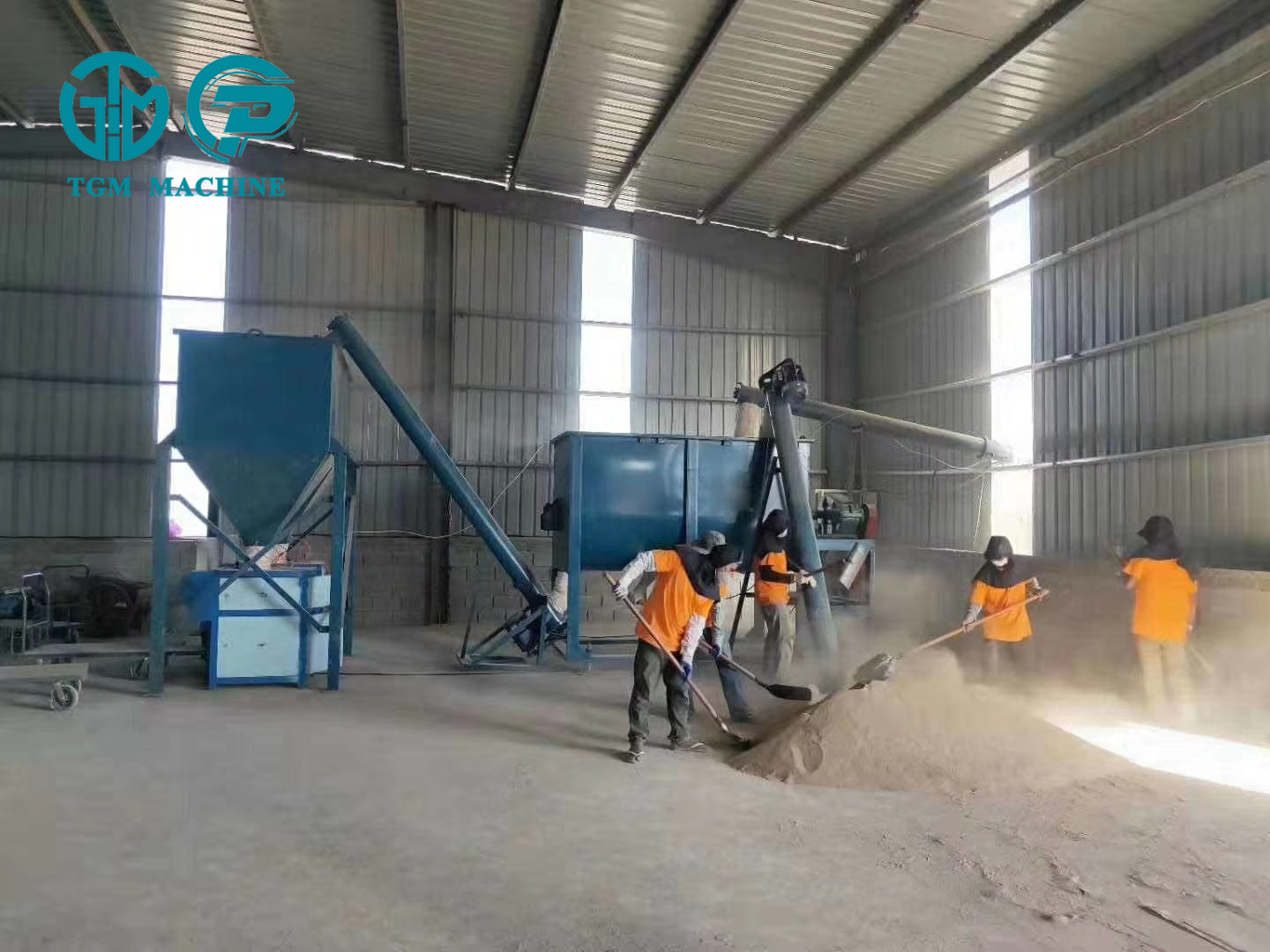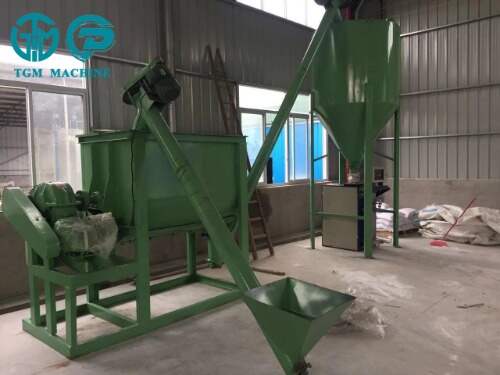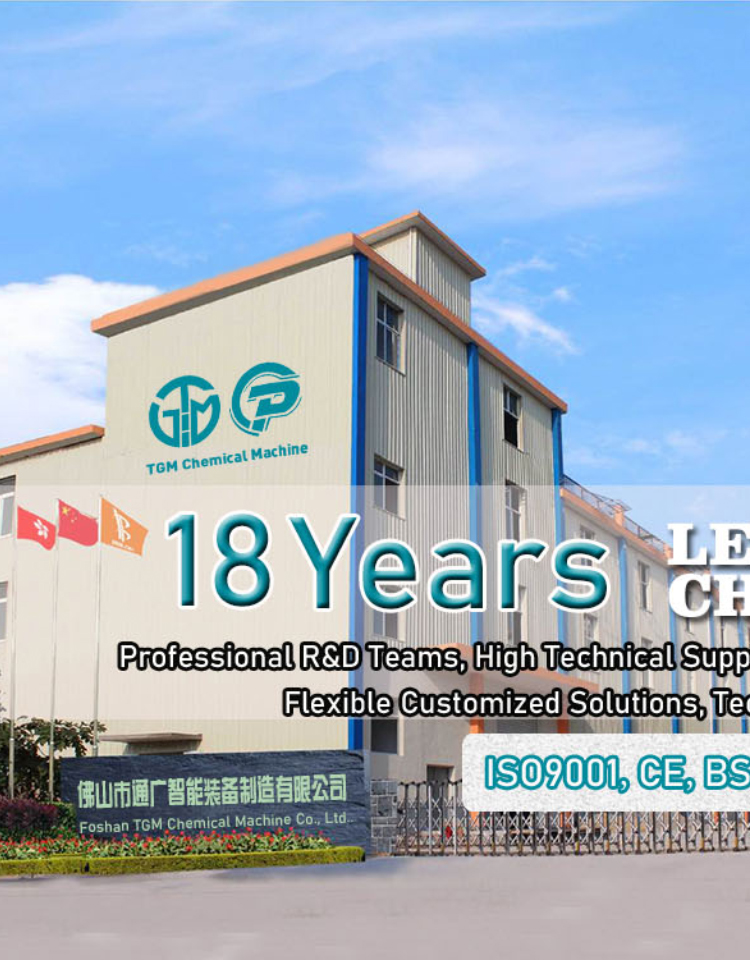Email cannot be empty
Password cannot be empty
Email format error
Email cannot be empty
Email already exists
6-20 characters(letters plus numbers only)
The password is inconsistent
Email format error
Email cannot be empty
Email does not exist
6-20 characters(letters plus numbers only)
The password is inconsistent


The Complete Guide to Putty Powder Production Line
Introduction
Putty powder, also known as wall putty or skim coat, is a crucial material in construction for smoothing and finishing walls before painting. A well-designed putty powder production line ensures high-quality, consistent output for various construction applications. In this blog, we’ll explore the key components, working process, and benefits of a modern putty powder production line.
What is Putty Powder?
Putty powder is a mixture of:
-
Binders (e.g., white cement, gypsum, or lime)
-
Fillers (e.g., calcium carbonate, talc, or quartz powder)
-
Additives (e.g., cellulose ether, redispersible polymer powder)
It improves wall adhesion, crack resistance, and smoothness, making it essential for interior and exterior wall coatings.

Putty Powder Production Line Components
A fully automated putty powder production line includes:
-
Raw Material Storage System
-
Silos for cement, fly ash, and other bulk materials
-
Hopper for additives
-
-
Weighing & Batching System
-
Precision scales for accurate ingredient measurement
-
Automated control system for consistent mixing ratios
-
-
Mixing System
-
Horizontal Ribbon Mixer (for dry powder blending)
-
High-Speed Disperser (for wet mixing if required)
-
-
Packaging System
-
Valve bagging machines for 20kg–50kg bags
-
Bulk loading for large-scale distribution
-
-
Dust Collection System
-
Cyclone separators & bag filters to minimize pollution
-
-
Control Panel
-
PLC-based automation for precise operation
-
Production Process Flow
-
Raw Material Feeding – Ingredients are transported to storage silos.
-
Weighing & Batching – Each component is measured according to the formula.
-
Mixing – Dry materials are blended uniformly (5–10 minutes per batch).
-
Packaging – The finished putty powder is packed into bags or bulk containers.
-
Quality Control – Samples are tested for fineness, adhesion, and workability.
Advantages of an Automated Production Line
✅ High Efficiency – Produces 5–30 tons per hour (depending on capacity).
✅ Consistent Quality – Eliminates human error in mixing ratios.
✅ Low Labor Cost – Requires minimal manual intervention.
✅ Customizable Formulas – Adjust recipes for different putty types (e.g., waterproof, flexible).
✅ Eco-Friendly – Dust control systems reduce environmental impact.
Conclusion
Investing in a putty powder production line enhances productivity, ensures product uniformity, and meets growing construction demands. Whether for small-scale or industrial manufacturing, automation improves efficiency and profitability.
If you're planning to set up a putty powder plant, consider factors like raw material availability, production capacity, and automation level to optimize your production line.



